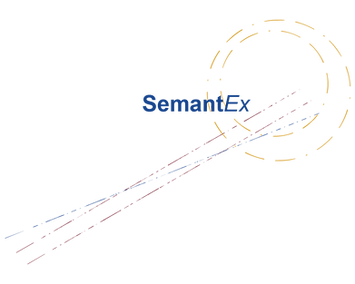Philosophy
Artificial intelligence (AI) is developing fast but a clear fact still remains; except in some narrow fields human intelligence is still the best there is. So it is still true that to create the best artificial intelligence developers should take a good look at how humans tackle complex problems and start by emulating this.
Human intelligence is based on our massively complex neural nets and so it might be thought that the best way to start developing AI would be with neural nets and in particular new deep learning models. Neural nets certainly have their place in some applications but in others they seem inadequate, they are still statistical machines, capable of approximating complex functions but not yet able to rise to the levels of rule based, symbolic reasoning that characterises higher levels of human thought. There is still something we don't understand about how and whether we think with our neural nets or on them, using them as a substrate underpinning higher functionality.
A good example of this is the simple process of reading a sentence, a task at the heart of what the SemantEx system does. This is not a statistical process, it is a process of applying rules in a logical order, and employing (a large amount) of background knowledge to extract the meaning; what is being said about what.
So the SemantEx system is not principally neural net based, it employs statistical machine learning, but in a subordinate manner, this has many advantages, not least of which is the huuman-like ability to adapt (or be taught to adapt) quickly to new situations.
